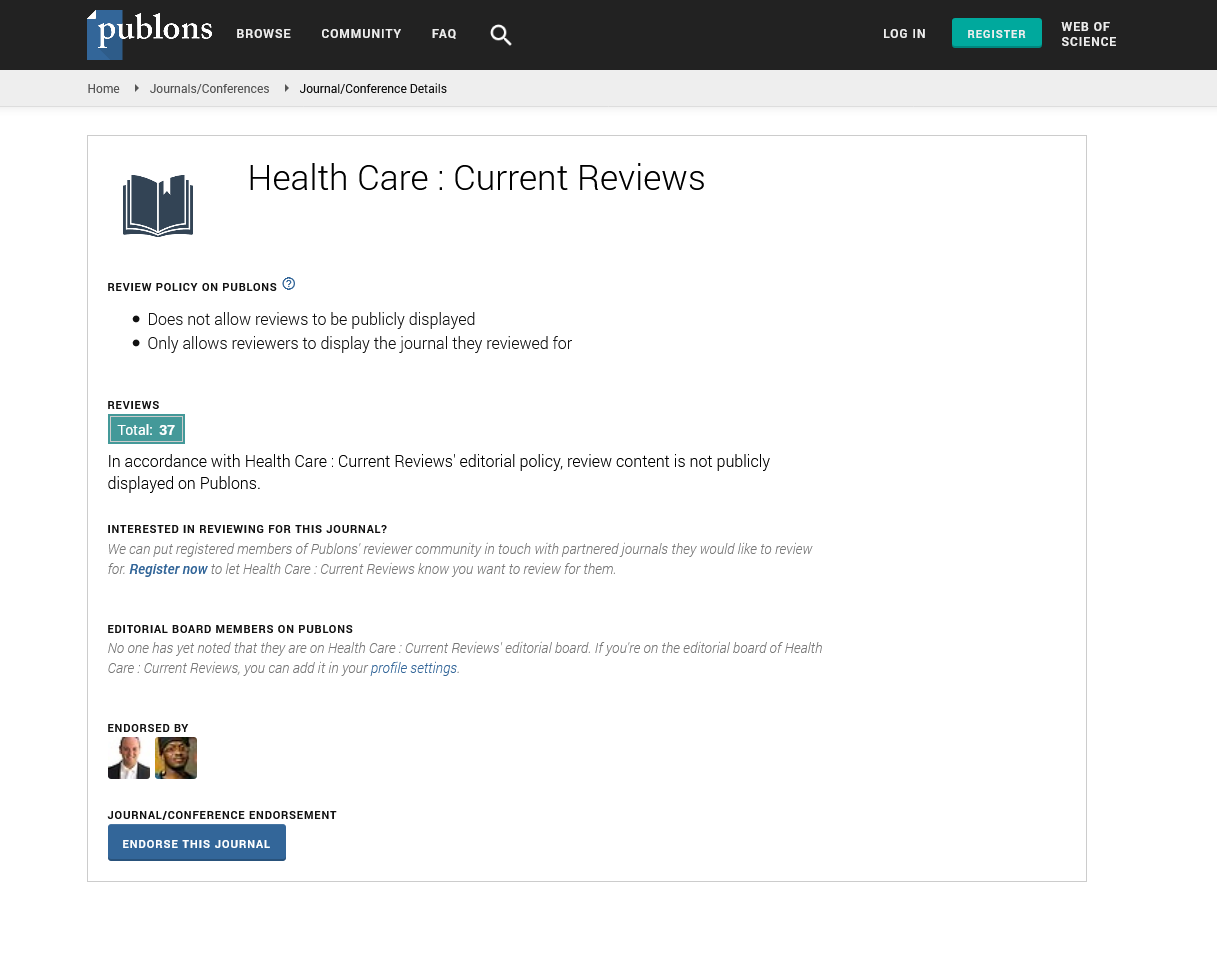PMC/PubMed Indexed Articles
Indexed In
- Open J Gate
- Academic Keys
- RefSeek
- Hamdard University
- EBSCO A-Z
- Publons
- Geneva Foundation for Medical Education and Research
- Google Scholar
Useful Links
Share This Page
Journal Flyer

Open Access Journals
- Agri and Aquaculture
- Biochemistry
- Bioinformatics & Systems Biology
- Business & Management
- Chemistry
- Clinical Sciences
- Engineering
- Food & Nutrition
- General Science
- Genetics & Molecular Biology
- Immunology & Microbiology
- Medical Sciences
- Neuroscience & Psychology
- Nursing & Health Care
- Pharmaceutical Sciences
Development of a system to diagnose osteoporosis from new indexes (densito mechano-structural)
World Congress & Expo on Healthcare IT and Nursing
August 21-22, 2018 | Paris, France
Said Zellagui
University of Orleans, France
Posters & Accepted Abstracts: Health Care Current Reviews
Abstract:
Hip fractures are associated with a high mortality rate in the elderly, which is the reason that the femoral neck fractures have been declared as a scaring clinical and social problem in the world. Their occurrence becomes greater due to an increase in the ageing of the world population and the exponential correlation between fracture occurrence and age. It is occurring as a consequence of a sideways fall from a standing position or a high pressure applied to bone and also when osteoporosis occurs. It is why that it is becoming a significant goal to evaluate the femoral neck fracture. As a result, this topic becomes an increasingly important area of research for clinicians and biomedical researchers. The aim of this study was to predict femoral fracure based on two index fracture parameters, shear index fracture and bending index fracture, which are also based on bone mineral density, geometric properties and some factors that have effects on neck femoral fracture, like body weight and height, femoral neck diameter. For each patient, DXA scan measure the area BMD of the proximal femur, which was segmented manually. In the first instance, we have to improve the quality of the DXA grayscale image that present a lot of noise due to measures, then, mechanical properties were assigned to each pixel based on the density values obtained from the DXA scanning and formulas connecting the BMD to the stiffness. As a second step, the index fractures parameters were calculated. The obtained results demonstrate the correlations between the index fracture parameters and the considered factors.
Biography :
E-mail: said.zellagui@etu.univ-orleans.fr

